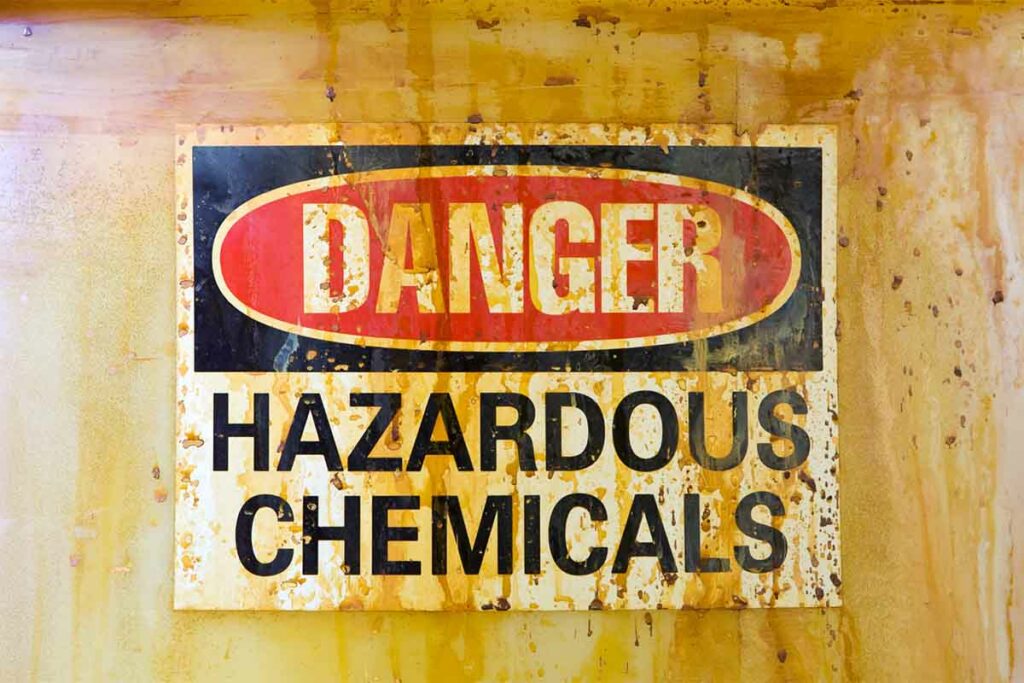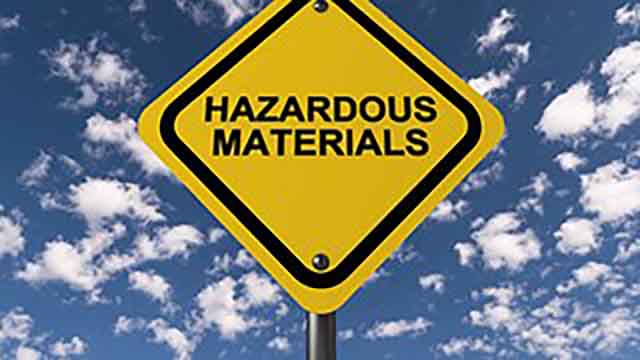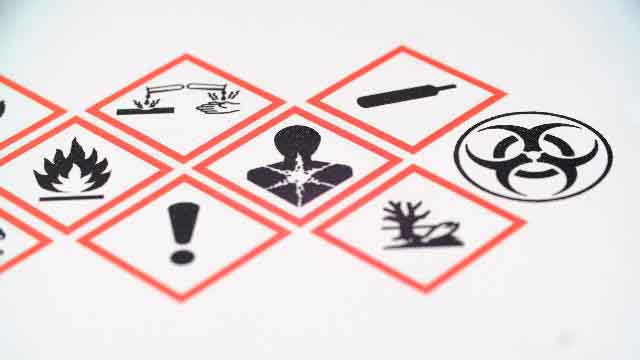WHMIS 2015 & TDG Training
Our WHMIS & TDG courses provide comprehensive training on Workplace Hazardous Materials Information Systems (WHMIS) and Transportation of Dangerous Goods (TDG). Participants will learn about labeling, handling, and storage requirements to ensure compliance with safety regulations.
Workplace Hazardous Materials Information System and Transportation of Dangerous Goods Training, or WHMIS and TDG, are regulated required training designed to ensure the proper handling and transportation of a variety of hazardous materials and dangerous goods.
Safety procedures are extremely important when handling and transporting dangerous goods. Proper safety procedures help protect the workers handling dangerous goods and prevent spills or contamination that could affect the public.
WHMIS 2015
In 2015, WHMIS was updated to align with the United Nations’ Globally Harmonized System of Classification and Labeling of Chemicals (GHS). The update was designed to improve clarity, communication, and worker safety. Peak Safety’s WHMIS 2015 courses cover key elements of WHMIS 2015, including pictograms, supplier and workplace labels, safety data sheets, and worker training.Key Changes in WHMIS 2015
- Standardized language
- New hazard classes & comprehensive classification criteria
- Physical hazard criteria changed to align with the Transportation of Dangerous Goods (TDG) Regulations
- New standardized 16-section safety data sheet (SDS) format
- New supplier label requirements
WHMIS 2015 & TDG Courses
These courses provide employees with the knowledge and skills they need to work safely and comply with regulatory requirements.Course Topics
- What is WHMIS?
- Components of WHMIS
- WHMIS responsibilities
- How hazardous products enter the body
- Classes of hazardous products
- WHMIS 2015 hazard groups and classes
- WHMIS 2015 pictograms
- Supplier and workplace labels
- Consumer labels
- Safety Data Sheets (SDSs)
- Emergency Actions
- Personal Protective Equipment
- The history of WHMIS and GHS
- Health and safety statistics
- Occupational health and safety legislation
- Industrial hygiene and how it relates to GHS
- Why we use WHMIS and the GHS systems
- Harmful substance routes of entry
- An overview of the WHMIS and GHS systems
- WHMIS and GHS symbols
- Workplace labels
- Material Safety Data Sheets and Safety Data Sheets
- Requirements for worker education
- Responsibilities of employers, employees, and suppliers
- WHMIS at home
- Controlling chemical hazards
- Personal Protective Equipment (PPE)
- Safety Data Sheet questions
- Glossary of terms
- Introduction
- Enforcement
- Common Definitions
- Responsibilities of Shipper/Driver/Receiver
- Exemptions from TDG
- Classification of Dangerous Goods
- Hazard Levels for Classes of Dangerous Goods
- The Dangerous Goods Regulations and Schedules 1, 2, and 3
- Primary and Subsidiary Classification
- Safety Marks
- Shipping Document
- Appendix A Information Required on a Shipping Document
- Steps to Prepare Shipments of Dangerous Goods.
- TDG Test
- The history of WHMIS and GHS
- Health and safety statistics
- Occupational health and safety legislation
- Industrial hygiene and how it relates to GHS
- Why we use WHMIS and the GHS systems
- Harmful substance routes of entry
- An overview of the WHMIS and GHS systems
- WHMIS and GHS symbols
- Workplace labels
- Material Safety Data Sheets and Safety Data Sheets
- Requirements for worker education
- Responsibilities of employers, employees, and suppliers
- WHMIS at home
- Controlling chemical hazards
- Personal Protective Equipment (PPE)
- Safety Data Sheet questions
- Glossary of terms






